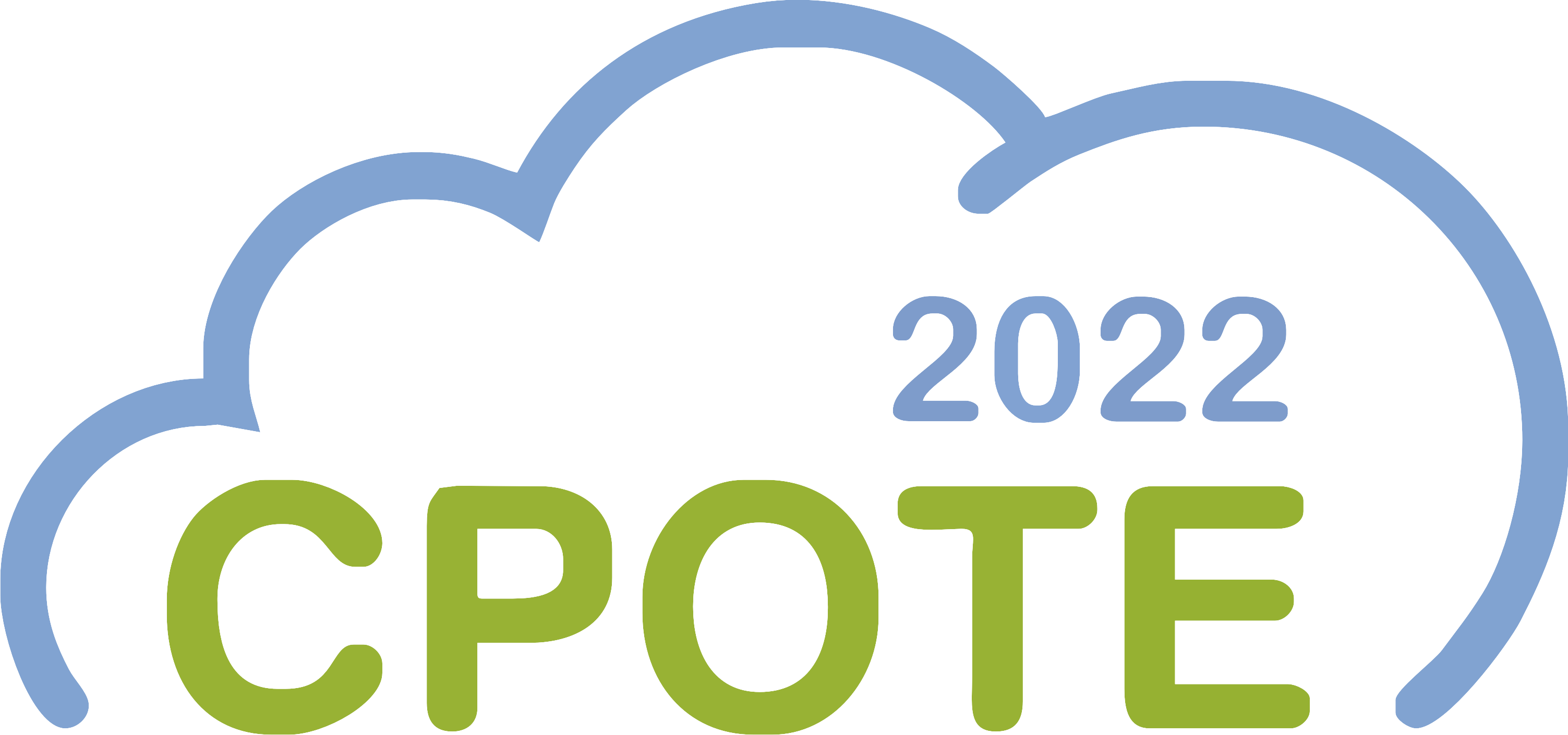
CPOTE2022
7th International Conference on
Contemporary Problems of Thermal Engineering
Hybrid event, Warsaw | 20-23 September 2022
7th International Conference on
Contemporary Problems of Thermal Engineering
Hybrid event, Warsaw | 20-23 September 2022
Abstract CPOTE2022-1123-A
Book of abstracts draft












Conditions for use of long-wave infrared camera to measure the temperature of the sky
Tadeusz KRUCZEK, Silesian University of Technology, Poland
During thermovision temperature measurements, it is necessary to know the radiative temperature of the surroundings of the tested object. For objects exposed to an open atmospheric space, such as buildings, the surroundings consists of the ground and the sky. Thermographic measurements of the temperature of such objects are necessary for the determination of heat losses to the environment. The knowledge of heat losses is an important component of energy audits of these facilities, which is the basic element in developing the recommendations for rationalization of energy consumption. The article concerns the measurement of this temperature using an infrared camera with a long-wave spectral range consistent with the so-called an atmospheric window. The result of the measurement of the sky temperature is necessary to determine the equivalent radiative ambient temperature. This temperature is needed for the thermovision measurement of the real temperature of the vertical walls or sloping roofs of the tested buildings. The temperature obtained as a result of this measurement can be used to calculate the thermal emission of the sky inside the spectral range of the camera operation. It is also useful for calculating the emission of the sky over the entire spectral range, what is useful in calculating the radiative heat exchange between an object in an open atmospheric space and its surroundings. It is known that the measurement of the radiation intensity of the sky can be performed using specialized measuring equipment, however, we rarely have access to it during thermovision inspections. The use of an infrared camera for this purpose is therefore a very convenient method, as the thermographer has this device at his disposal when performing object diagnostics. However, this measurement result is exposed to a systematic inaccuracy resulting from the radiation distribution of the atmosphere inside the atmospheric window and the shape of the infrared camera detector characteristics. This is due to the fact that near the boundaries of said window, the atmosphere radiates more intensely than in the central part, what the camera will not take into account. As a result, the camera will report a temperature lower than the temperature resulting from the real thermal emission of the atmosphere. The work contains an analysis and assessment of the range of this phenomenon.
Keywords: Thermovision measurements, Thermal emission of the sky, Thermovision inspection of buildings, Characteristics of an infrared camera detector, Radiative temperature of the sky
Acknowledgment: This work was supported by the Faculty of Energy and Environmental Engineering of the Silesian University of Technology within the statutory research